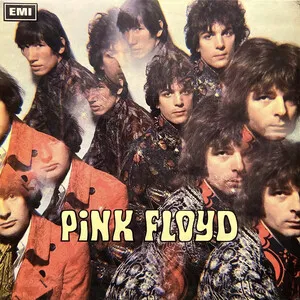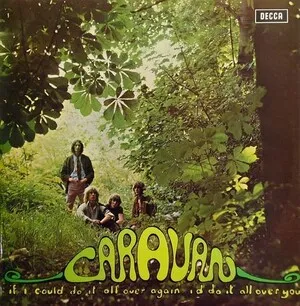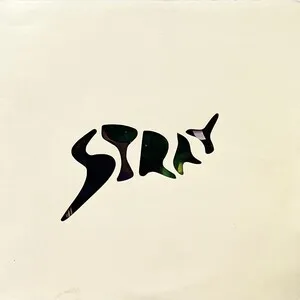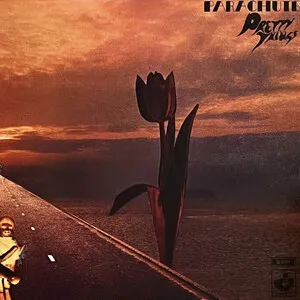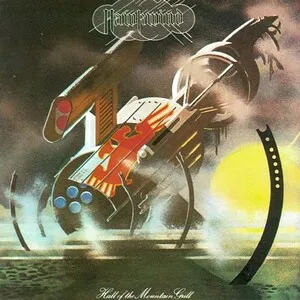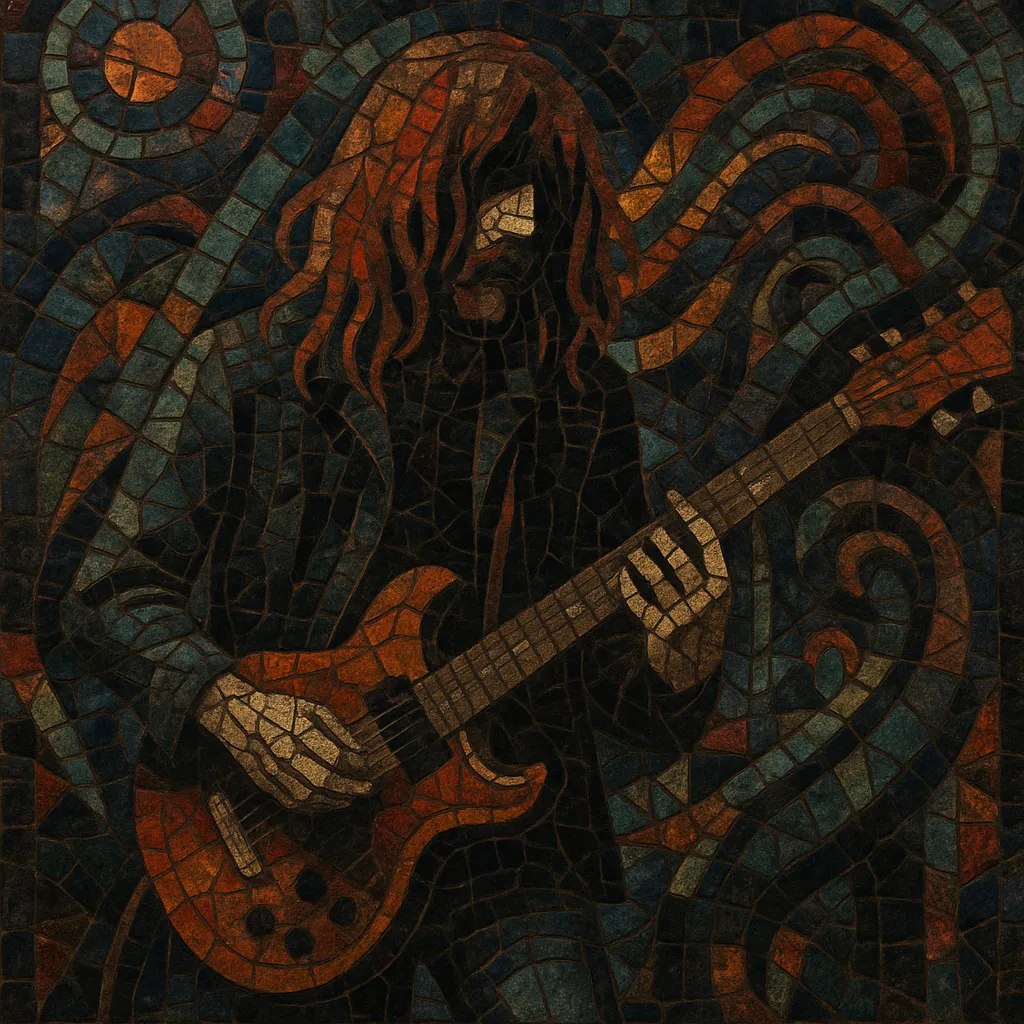
English underground refers to a loose, DIY network of bands, audiences, promoters, and fanzines that coalesced in England in the late 1960s and 1970s. It fused heavy psychedelia, space-bound rock jams, anarchic proto‑punk attitude, and experimental folk and drone into an alternative to the mainstream British pop and rock industry.
Rather than a single sound, it describes a culture: free festivals and communal gigs, improvised sets in squats and arts colleges, independent labels and press, and a commitment to countercultural ideals. Its music tends to favor long forms, trance‑like grooves, modal or drone harmony, tape and electronics experimentation, and lyrics steeped in surrealism, political dissent, and visionary imagery.
The English underground took shape around London and university towns as the psychedelic era peaked. Clubs like the UFO and Middle Earth hosted extended, light‑show‑bathed sets by early Pink Floyd and Soft Machine, while underground press such as International Times and Oz chronicled a growing counterculture. Musically, it drew on British blues and beat music, but stretched songs into improvisatory, trance‑like journeys, often with homemade electronics and tape experiments.
By the early 1970s, the scene spilled out of clubs into fields and commons: Phun City (1970), Glastonbury Fayre (1971), and the Windsor Free Festival embodied its communal ethos. Bands like Hawkwind, The Pink Fairies, Edgar Broughton Band, Third Ear Band, and Comus epitomized the spectrum—from space‑rock boogie to ritual folk‑drone and dark acid folk. Independent and sympathetic labels (e.g., Harvest, Liberty/UA, Dandelion) provided limited but vital support.
Punk’s DIY lessons overlapped with the underground’s anti‑establishment streak. Anarcho‑punk collectives, art‑rock experimenters, and cassette culture networks in England inherited the same non‑commercial distribution, fanzine discourse, and communal performance model. The sound broadened to include noise collage, minimal synth, and improvised electronics while retaining the long‑form, trance/ritual sensibility.
The English underground’s aesthetics fed directly into space rock revivals, neo‑psychedelia, stoner rock/metal, and the 2000s "wyrd folk" resurgence. Its emphasis on community, self‑reliance, and experiment underpins later festival circuits and indie infrastructures. The term now often functions as a historical umbrella for English countercultural rock and folk experiments from the late 1960s onward.
Aim for trance and transport: extended forms, hypnotic grooves, and a sense of communal ritual. Favor DIY timbres—amps pushed into warmth, tape echo, found sounds, and primitive electronics.
Combine rock rhythm section (drums, bass, overdriven guitars) with analog synths, oscillators, flute/violin, hand percussion, and acoustic instruments (lute/folk guitar, cello). Embrace unconventional additions: field recordings, drones, and homemade effects.
Use modal or pentatonic frameworks (Dorian, Mixolydian) and sustained drones. Keep harmonic rhythm slow; vamp on a small set of chords (I–bVII–IV or I–IV ostinati). Melodies can be chant‑like, with limited range and mantra repetition.
Lock into mid‑tempo motorik or shuffle grooves for 6–12+ minutes. Alternate between open, free‑time sections (noise/drone/improv) and groove returns. Encourage collective crescendos and dynamic swells rather than verse/chorus cycles.
Record live as a unit; accept bleed and room coloration. Use analog delays, spring reverb, tape loops, and simple mixers. Let imperfections stand—hiss, hum, and saturation are part of the aesthetic. Pan improvising instruments to create a swirling soundstage.
Blend visionary, surreal, and mystical imagery with countercultural or anarchic commentary. Avoid literal narratives; prefer incantatory phrases, spoken‑word interludes, or collage of slogans and poetry.
Play in the round or close to the audience. Use projections/lights to enhance the trip. Encourage spontaneous forms: cue changes via eye contact, hand signals, or dynamic gestures rather than fixed arrangements.

